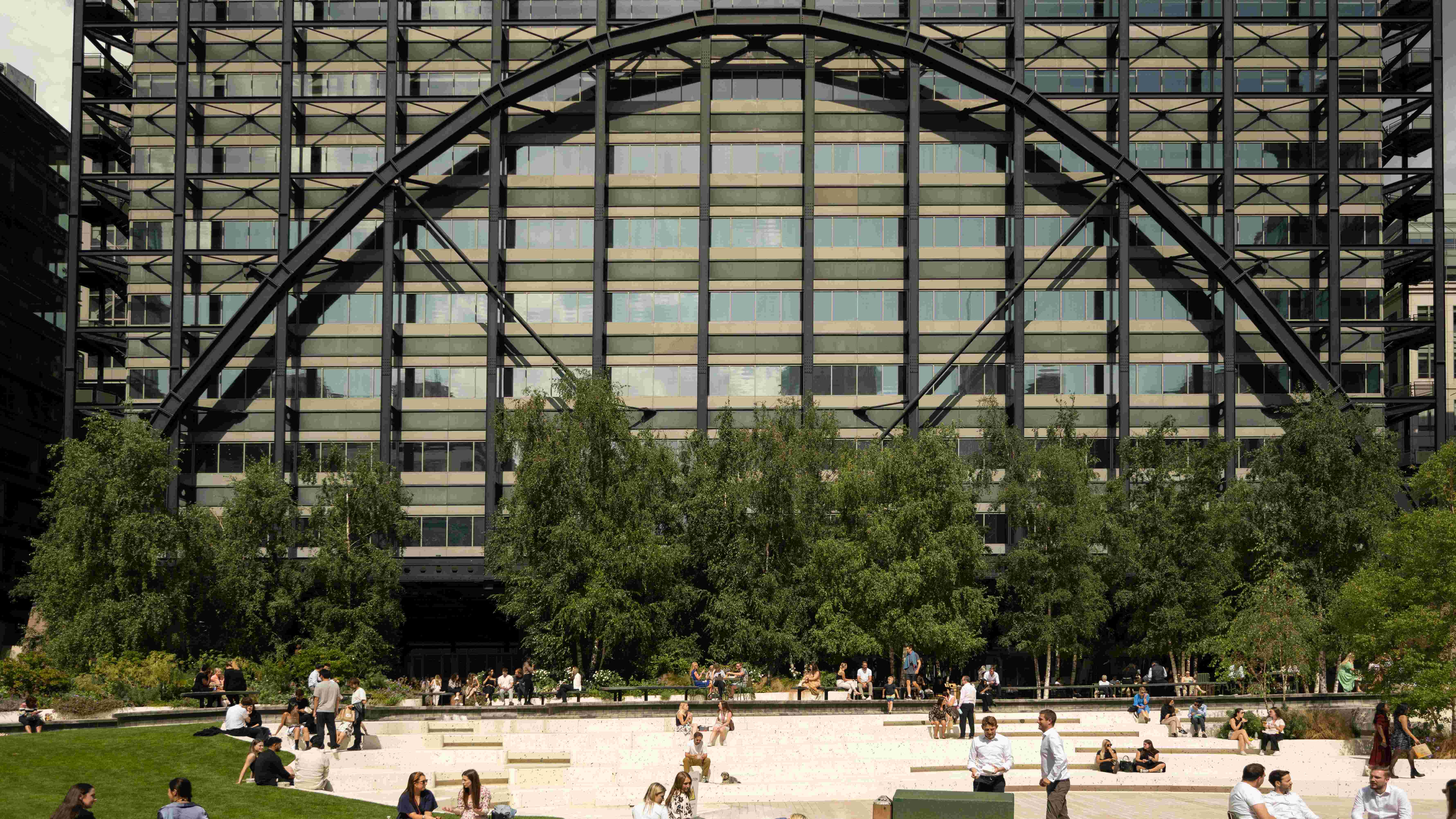Recognising that British Land can only achieve our ambitious 2030 sustainability targets by working with others, we’re asking supplier partners across our portfolio to share their thoughts and experiences. Here, Thomas McCrossin – Director of Energy & Sustainability at Technik Intelligent Management Systems – reflects on how using real energy data to make decisions is advancing decarbonisation and adding value for our customers.
British Land was one of the first UK property companies to start focusing on energy efficiency, piloting and rolling out automated metering systems across their portfolio as early as 2009. I’ve been involved for nearly ten years now, so have seen first-hand their sustained commitment to decarbonisation and how this benefits their customers.
The value of British Land’s extensive energy metering became clear very early on. With access to granular, live data, their technical services teams quickly started identifying improvement opportunities, supported by specialists like me.
By 2020, they had reduced energy intensity across their entire portfolio by 55% versus 2009. This meant that, when energy prices skyrocketed around 2021, businesses in British Land buildings weren’t hit as hard as many London occupiers because significant energy savings had already been achieved.
Lessons and opportunities
To take energy as low as you can and maintain it there, you have to stay on top of it. When sensors fail or components break, this can cause unintended or wasteful operation; fixing them quickly saves costs and carbon. Automated alerts, monthly meetings and reports all help the British Land team to stay on top.
Environmental audits are also important. These not only benchmark building performance, so you know how much potential there is to improve your building, but also highlight specific opportunities to upgrade performance. As technology continually evolves, new opportunities present themselves. The maturation of four-pipe air source heat pumps, which British Land has now retrofitted in multiple buildings, efficiently decarbonises building heating by moving away from gas, with the added benefit of enhancing local air quality by reducing pollutants and particulates.
Exchange House is a great example of how much can be achieved in existing buildings. Through leveraging smart metering energy data to drive informed design decisions and working closely with customers, the team has cut total annual energy use by 67% since 2009, saving 16,300,000 kWh – roughly 1,200 households’ worth of energy!
British Land continues to maintain this momentum. Alongside GRESB benchmarks and CRREM science-based target pathways, they have several NABERS UK assessments under way and are exploring the recently released pilot version of the UK Net Zero Carbon Buildings Standard. They’re expanding the use of the real-world data they’ve collected when specifying new projects, rather than relying solely on modelling. This empirical approach avoids unnecessary oversizing, which often comes at a high energy, financial and carbon cost.
With more to be done to achieve net zero targets, I’m proud to be involved in British Land’s decarbonisation journey and look forward to continued progress.


